Impact of Ind-AS on M&A transactions – Watch with an eagle eye
- Blog|Account & Audit|
- 5 Min Read
- By Taxmann
- |
- Last Updated on 2 June, 2022
Accounting for Business Combinations requires recognition of the identifiable assets acquired, liabilities assumed, non-controlling interests in an acquiree, previously held interest in an acquiree and contingent consideration at their acquisition date fair values. In case of a legal entity merger of unrelated companies, the assets, including intangibles and liabilities would be recorded at their fair value. Hence, when compared to accounting under the old regime, the fair value accounting of acquisitions could result in higher amortisation/ depreciation charge on the basis of fair value impacting the earnings per share (EPS) of the company, and thereby, impacting investor perception. From an income tax perspective, in case of an amalgamation or demerger, as per Explanation 2 / 2A to Section 43(6) of the Income Tax Act, 1961 (ITA), such fair valuation of tangible assets will be ignored and the written down value (WDV) of such depreciable assets as in the hands of amalgamating/ demerged company shall be the WDV for the amalgamated/ resulting company.
In case of a demerger of an undertaking into an unrelated company, the fair valuation is necessary under Ind-AS 103. Whereas under Section 2(19AA) of ITA, the assets are to be transferred at book value pursuant to demerger. In such case, one can allege that Section 2(19AA) of ITA is not complied with, and hence, the demerger is not tax neutral. However, the counter-argument could be that such fair valuation is required from the acquirer’s perspective to comply with Ind-AS and from tax perspective, the condition of transfer at book value is for the demerged company. However, the possibility of litigation cannot be ruled out in such cases. In addition, in such cases, WDV or the original cost for the acquirer will be the same as it was available to the previous owner, under Section 43 or under Section 49 of the ITA, as the case may be.
Authors: Hiten Kotak, Leader – M&A Tax, PwC India and Jayesh Sanghvi, Director – M&A Tax, PwC India
Disclaimer: Views expressed in this article are the personal views of the author. Article includes inputs from Raina Sakhale, Associate, M&A Tax – PwC India. This article attempts to provide general guidance on matters of interest only and does not constitute professional advice. No one should act upon the information contained in this article without obtaining specific professional advice.
Disclaimer: The content/information published on the website is only for general information of the user and shall not be construed as legal advice. While the Taxmann has exercised reasonable efforts to ensure the veracity of information/content published, Taxmann shall be under no liability in any manner whatsoever for incorrect information, if any.

Taxmann Publications has a dedicated in-house Research & Editorial Team. This team consists of a team of Chartered Accountants, Company Secretaries, and Lawyers. This team works under the guidance and supervision of editor-in-chief Mr Rakesh Bhargava.
The Research and Editorial Team is responsible for developing reliable and accurate content for the readers. The team follows the six-sigma approach to achieve the benchmark of zero error in its publications and research platforms. The team ensures that the following publication guidelines are thoroughly followed while developing the content:
- The statutory material is obtained only from the authorized and reliable sources
- All the latest developments in the judicial and legislative fields are covered
- Prepare the analytical write-ups on current, controversial, and important issues to help the readers to understand the concept and its implications
- Every content published by Taxmann is complete, accurate and lucid
- All evidence-based statements are supported with proper reference to Section, Circular No., Notification No. or citations
- The golden rules of grammar, style and consistency are thoroughly followed
- Font and size that’s easy to read and remain consistent across all imprint and digital publications are applied
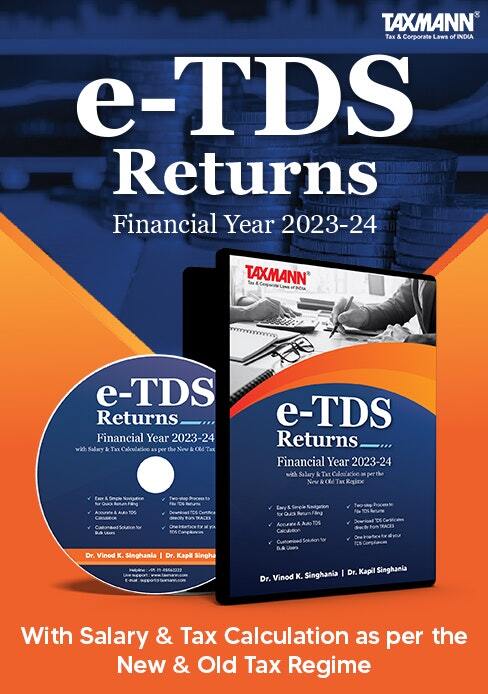
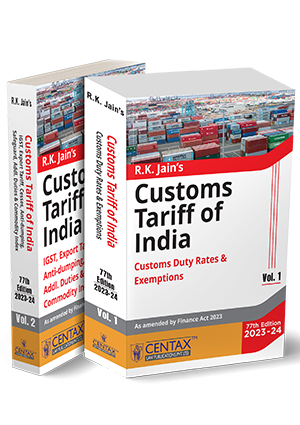
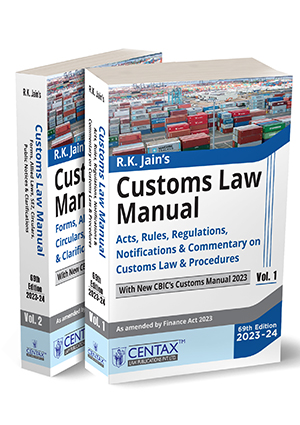
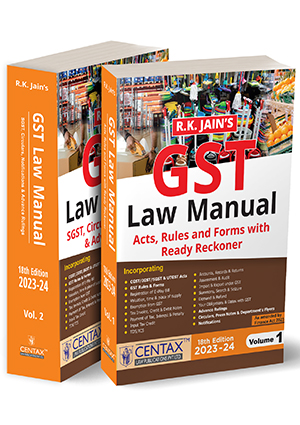
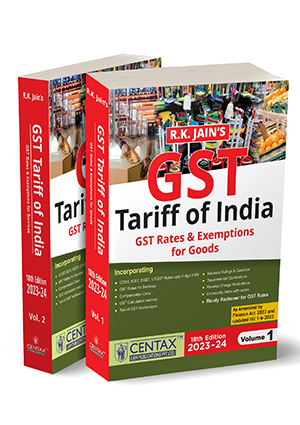

Comments are closed.